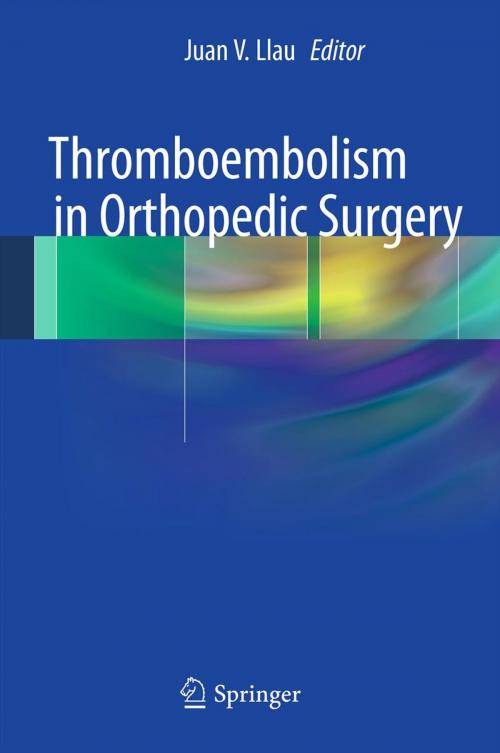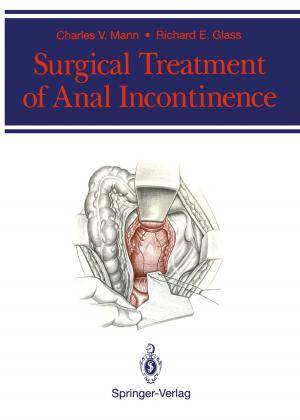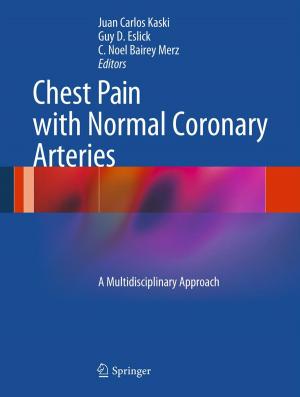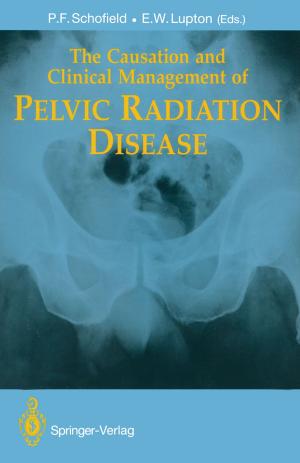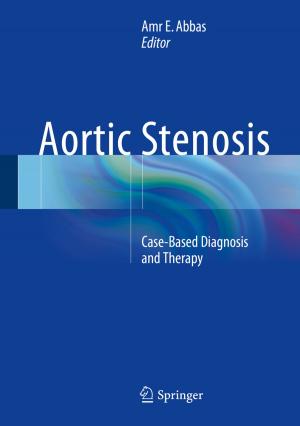Thromboembolism in Orthopedic Surgery
Nonfiction, Health & Well Being, Medical, Specialties, Internal Medicine, Hematology, Orthopedics| Author: | ISBN: | 9781447143369 | |
| Publisher: | Springer London | Publication: | October 18, 2012 |
| Imprint: | Springer | Language: | English |
| Author: | |
| ISBN: | 9781447143369 |
| Publisher: | Springer London |
| Publication: | October 18, 2012 |
| Imprint: | Springer |
| Language: | English |
This book reviews the main topics in thromboprophylaxis around orthopedic surgery, from a general scope of the problems with the disease highlighting them in orthopedics to the new specific protocols involving, for example, new oral anticoagulants. The prevalence of the venous thromboembolism in each procedure (from “easy” to “hard” surgeries, with different rates of related thrombosis) and the risk factors to bear in mind in each one (related and non-related with the orthopedic procedure) are also revised. A chapter focus on the diagnosis and treatment of venous thromboembolism, which is commonly “forgotten” in many books addressed to orthopedic surgeons and anaesthesiologists. The methods for thromboprophylaxis have three specific chapters: the most common drugs used and recommended when pharmacological prophylaxis is needed, new drugs which are arising day by day and which management will be of main importance in a close near future, and mechanical methods, recommended both as additional when possible and for sole indications when the risk of bleeding could move us to minimize the real risk of thrombosis. Anaesthetic implications for thromboprophylaxis and, also, main implications of the application of antithrombotic protocols in the anaesthetic practice are covered by another chapter. In our opinion it was very important to divide the orthopedic procedures according to their own thrombotic risk, so having their own protocols for thromboprophylaxis: high risk, day surgery procedures and “special” surgical procedures are included in three different chapters, from three different authors with complementary views. Finally, in a last chapter, we review the problems involving the perioperatory management of antiaggregated and anticoagulated patients, with a special part in hip fracture surgery.
This book reviews the main topics in thromboprophylaxis around orthopedic surgery, from a general scope of the problems with the disease highlighting them in orthopedics to the new specific protocols involving, for example, new oral anticoagulants. The prevalence of the venous thromboembolism in each procedure (from “easy” to “hard” surgeries, with different rates of related thrombosis) and the risk factors to bear in mind in each one (related and non-related with the orthopedic procedure) are also revised. A chapter focus on the diagnosis and treatment of venous thromboembolism, which is commonly “forgotten” in many books addressed to orthopedic surgeons and anaesthesiologists. The methods for thromboprophylaxis have three specific chapters: the most common drugs used and recommended when pharmacological prophylaxis is needed, new drugs which are arising day by day and which management will be of main importance in a close near future, and mechanical methods, recommended both as additional when possible and for sole indications when the risk of bleeding could move us to minimize the real risk of thrombosis. Anaesthetic implications for thromboprophylaxis and, also, main implications of the application of antithrombotic protocols in the anaesthetic practice are covered by another chapter. In our opinion it was very important to divide the orthopedic procedures according to their own thrombotic risk, so having their own protocols for thromboprophylaxis: high risk, day surgery procedures and “special” surgical procedures are included in three different chapters, from three different authors with complementary views. Finally, in a last chapter, we review the problems involving the perioperatory management of antiaggregated and anticoagulated patients, with a special part in hip fracture surgery.
